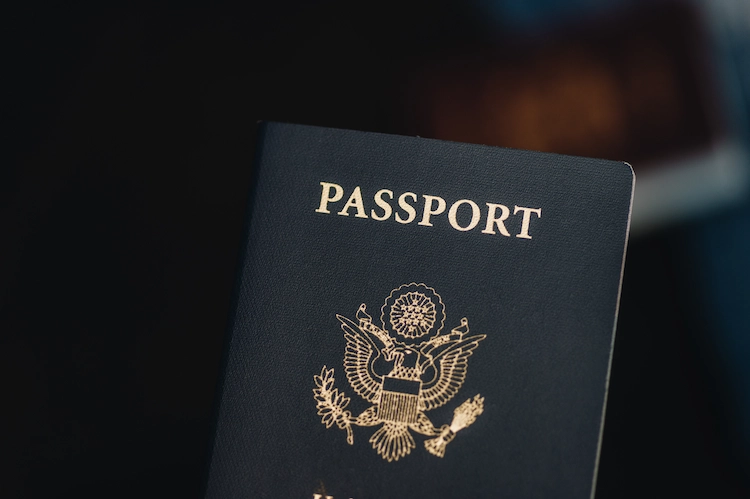SCOTUS Clarifies Statute of Limitations for APA Claims

In Corner Post, Inc. v. Board of Governors of the Federal Reserve System, 603 U.S. ____ (2024), the U.S. Supreme Court held that a claim under the Administrative Procedure Act (APA) does not accrue for purposes of 28 U.S.C. § 2401(a)’s default six-year statute of limitations until the plaintiff is injured by final agency action. The Court’s decision gives plaintiffs significantly more time to bring APA claims against the federal government.
Facts of the Case
Like many retailers, petitioner Corner Post accepts debit cards as a form of payment. As the Supreme Court explained in its opinion, debit card transactions require merchants to pay an “interchange fee” to the bank that issued the card. The fee amount is set by the payment networks (such as Visa and MasterCard) that process the transaction.
In 2010, Congress tasked the Federal Reserve Board with making sure that interchange fees were “reasonable and proportional to the cost incurred by the issuer with respect to the transaction.” The Board subsequently published Regulation II, which sets a maximum interchange fee of $0.21 per transaction plus .05% of the transaction’s value.
In 2021, Corner Post joined a suit brought against the Board under APA. The complaint challenged Regulation II on the ground that it allows higher interchange fees than the statute permits. The District Court dismissed the suit as time-barred under 28 U. S. C. §2401(a), the default six-year statute of limitations applicable to suits against the United States. The Eighth Circuit affirmed, holding that “when plaintiffs bring a facial challenge to a final agency action, the right of action accrues, and the limitations period begins to run, upon publication of the regulation.”
Supreme Court’s Decision
The Supreme Court reversed by a vote of 6-3. According to the majority, an APA claim does not accrue for purposes of §2401(a)’s 6-year statute of limitations until the plaintiff is injured by final agency action.
As Justice Amy Coney Barrett explained, a right of action “accrues” when the plaintiff has a “complete and present cause of action,” which is when she has the right to “file suit and obtain relief.” Because an APA plaintiff may not file suit and obtain relief until she suffers an injury from final agency action, the statute of limitations does not begin to run until she is injured.
The majority gave little weight to Board’s argument that agencies and regulated parties need the finality of a six-year cutoff, and that successful facial challenges filed after six years upset the reliance interests of those that have long operated under existing rules. As Justice Barrett explained, “[P]leas of administrative inconvenience . . . never justify departing from the statute’s clear text” (internal citation omitted). She added that Congress could have chosen different language in §2401(a) or created a general statute of repose for agencies, but did not.
The majority also concluded that the Board’s policy concerns were “overstated.” Justice Barrett noted that regulated parties can always challenge the regulation as it applies to them. She further emphasized that “the opportunity to challenge agency action does not mean that new plaintiffs will always win or that courts and agencies will win or that courts and agencies will need to expend significant resources to address each new suit.” Justice Ketanji Brown Jackson authored a dissent, which was joined by Justices Sonia Sotomayor and Elena Kagan. According to the dissenters, the majority’s decision has the potential to be “profoundly destabilizing.” “Any established government regulation about any issue — say, workplace safety, toxic waste, or consumer protection — can now be attacked by any new regulated entity within six years of the entity’s formation,” Justice Jackson wrote.
Previous Articles
SCOTUS Holds Wire Fraud Statute Doesn’t Require Proof Victim Suffered Economic Loss
by DONALD SCARINCI on June 24, 2025
In Kousisis v. United States, 605 U.S. ____ (2025), the U.S. Supreme Court held that a defendant wh...
SCOTUS Holds Wire Fraud Statute Doesn’t Require Proof Victim Suffered Economic Loss
by DONALD SCARINCI on June 17, 2025
In Kousisis v. United States, 605 U.S. ____ (2025), the U.S. Supreme Court held that a defendant wh...
SCOTUS Considers Birthright Citizenship
by DONALD SCARINCI on June 13, 2025
On May 15, 2025, the U.S. Supreme Court heard oral arguments in Trump v. CASA, Inc., Trump v. Washi...
The Amendments
-
Amendment1
- Establishment ClauseFree Exercise Clause
- Freedom of Speech
- Freedoms of Press
- Freedom of Assembly, and Petitition
-
Amendment2
- The Right to Bear Arms
-
Amendment4
- Unreasonable Searches and Seizures
-
Amendment5
- Due Process
- Eminent Domain
- Rights of Criminal Defendants
Preamble to the Bill of Rights
Congress of the United States begun and held at the City of New-York, on Wednesday the fourth of March, one thousand seven hundred and eighty nine.
THE Conventions of a number of the States, having at the time of their adopting the Constitution, expressed a desire, in order to prevent misconstruction or abuse of its powers, that further declaratory and restrictive clauses should be added: And as extending the ground of public confidence in the Government, will best ensure the beneficent ends of its institution.





